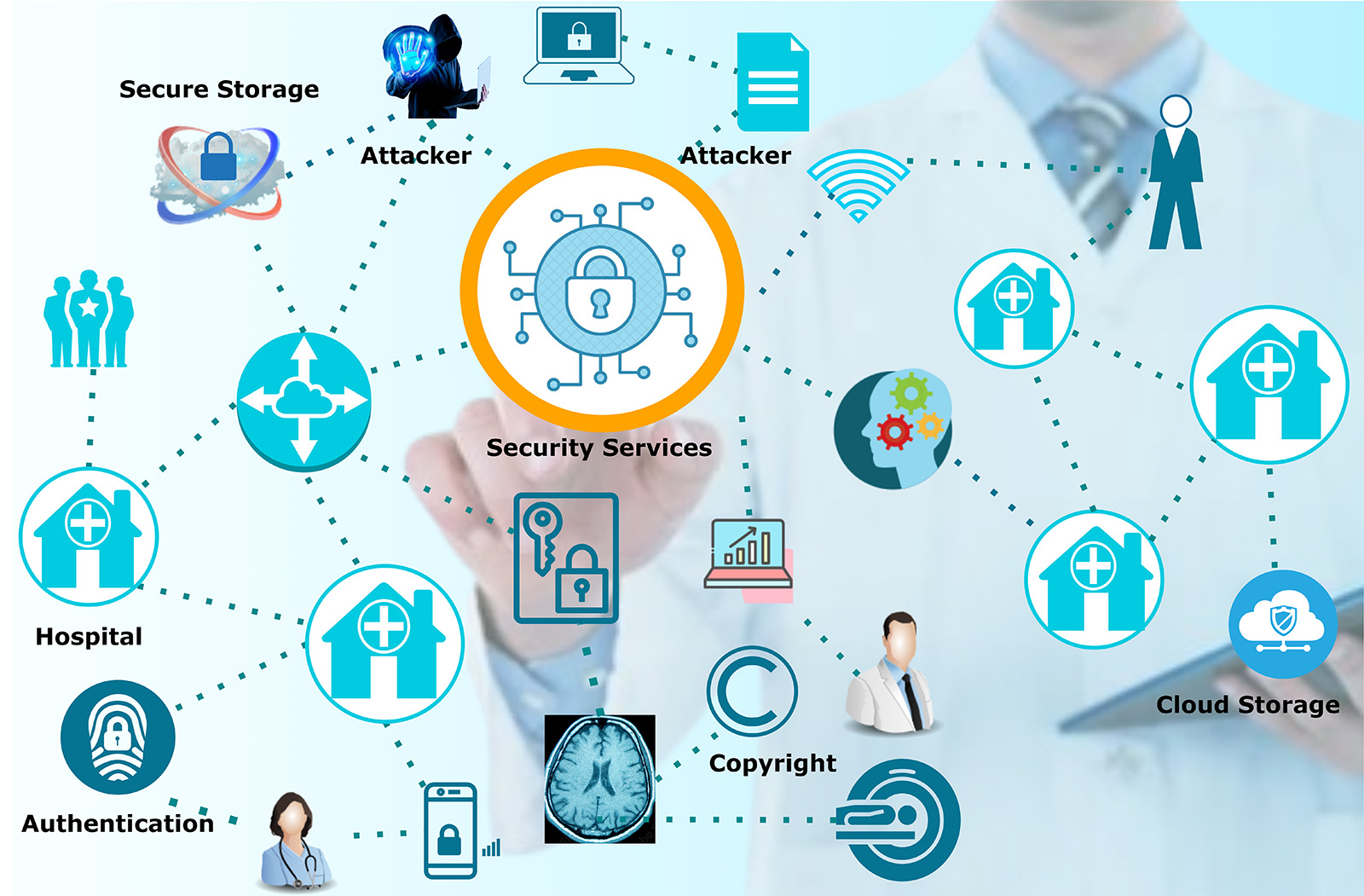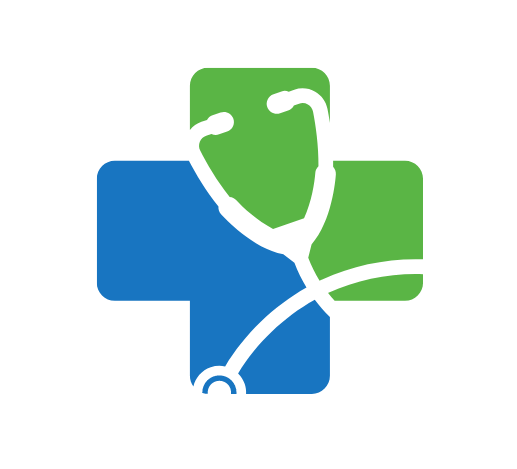
Protecting your patients and yourself on social media starts with a few calm, deliberate habits that keep your professional voice online without sacrificing privacy.
From clinic corridor to online timeline
Think about your last clinic day and your last scroll on your phone. In the hospital you carefully guard patient details, records and even corridor conversations. On social media, the same cases appear in your mind as stories to share. That jump from examination room to newsfeed can feel small, yet risk is huge. A few innocent details on a public post can quietly identify a real person. Recent medico legal guidance reminds doctors that even unnamed cases may be recognisable. Our editor’s latest interviews with clinicians show a repeating sentence. People say, I only realised the risk after a colleague warned me.
What privacy really means for a doctor online
For most users privacy means hiding their birthday or turning off location tags. For doctors privacy includes professional duties, legal rules and long term trust. You hold protected health information and also your own sensitive personal data. A single careless post can harm both at the same time. Regulators describe confidentiality as a cornerstone of medical professionalism, offline and online equally. Privacy also covers what you reveal about your own life and beliefs. Strong opinions on public accounts can influence how patients perceive their care. Our editorial team’s reading of recent cases shows careers damaged by one angry thread.
Separating personal voice and professional presence
Many doctors try to keep two worlds, one private, one professional. Medical associations now openly encourage clear separation between personal accounts and work facing profiles. That can mean using your real name only on professional channels. Personal profiles can use tighter privacy settings, limited followers and neutral profile photos. Even then, you should assume screenshots travel further than any locked page. Our editor’s field notes show that patients still sometimes find private accounts through mutual friends. Because of that, the safest rule is simple. Never post anything online that would embarrass you on a conference stage.
Protecting patient confidentiality in every story
Doctors often share cases to teach, debrief or inspire colleagues. Digital platforms make that sharing incredibly fast but also unforgiving. Research on clinical content online shows that photos and case descriptions can re identify patients more easily than expected. Changing a name is rarely enough when rare diseases, locations or timings stay visible. You need to strip or change every feature that could point to one person. Many professional bodies now advise avoiding real patient images on open platforms altogether. Our editor’s review of complaint files highlights a harsh reality. One emotional night shift post can trigger months of regulatory investigation.
Direct messages, quick advice and hidden boundaries
The hardest privacy problems rarely happen in public comment sections. They appear quietly inside direct messages and chat windows. A patient might send a photo and ask for a quick opinion. A stranger might describe symptoms and request a prescription suggestion. Guidance on medical ethics warns that these exchanges can accidentally create new clinical relationships. That means responsibilities, documentation duties and potential liability instantly follow your casual answer. Editors in our team see more doctors creating simple standard replies for such situations. A short message can invite the person to seek proper care without giving specific advice. That way you show kindness without sliding into unsafe territory.
Handling photos, videos and filming in clinics
Short videos from operating rooms or wards may look educational and inspiring. Yet they also sit at the sharpest edge of privacy risk for everyone. Recent news stories describe staff feeling exposed when patients or relatives film care and upload it. For doctors, posting any recognisable face, monitor screen or name badge is extremely risky. Some regional councils now issue clear bans on sharing procedure images on social media. Our editor’s review of new guidelines underlines one repeated message. If you would not show the same image at a public lecture without consent, do not share it online. Even inside closed groups, content can escape through downloads and screenshots.
Managing comments, conflicts and online criticism
At some point every visible doctor account meets conflict, criticism or even trolling. Responding in anger is understandable as a human reaction but dangerous as a professional. Social media guidance from medical organisations stresses calm, measured and respectful communication. Remember that moderation logs and court documents can preserve every sentence you write. When criticism touches clinical care, never confirm that someone is your patient. Even a well meant defence can reveal parts of a medical history. Our editor’s analysis of disciplinary cases shows a pattern. Doctors rarely get in trouble for staying silent, but often for sharp replies. Sometimes the safest answer is simply, I cannot discuss personal medical details here.
Using platforms to fight misinformation safely
Despite all these risks, staying offline is not always the best answer. Health misinformation spreads fast and doctors can help balance the conversation. Recent resources describing physician social media use highlight strong benefits. Doctors can provide context to breaking health stories and debunk viral myths. You can share general education without discussing individual cases or promising personal care. Talking about vaccine schedules, cancer screening principles or lifestyle medicine remains low risk when kept generic. Our editor’s research suggests that audiences respond best to calm, practical explanations instead of fear. The key is clear separation. Teach the principle publicly, handle the person privately in clinic rooms.
Checking settings, habits and knowledge gaps
Privacy is not only about what you post, but how platforms work underneath. Studies on doctors and social media show surprising knowledge gaps around privacy controls. In one survey a significant share of physicians did not know they could limit search visibility. That means strangers could find their profiles more easily than they realised. Take time to review every platform’s privacy options at least a few times each year. Our editorial team often compares this step to checking emergency equipment in a clinic. You hope nothing fails, yet you still test the system regularly. That habit matters even more when platforms change settings after updates.
Designing your own realistic rulebook
In the end, no single policy can follow you through every situation. Each doctor’s speciality, country and personal comfort level will shape final choices. Professional standards documents offer a strong baseline for safe behaviour. On top of that, you can build a short personal rule list that feels natural. Our editor’s interviews with experienced clinicians point to a few shared habits. They avoid posting after very emotional shifts, never discuss live cases and keep humour gentle. They also ask one trusted colleague to look over any new project before launch. Using social media without losing privacy is not about fear or silence. It is about steady awareness, small daily choices and respect for the trust patients place in you.

 then "Add to Home Screen"
then "Add to Home Screen"